Home>Health & Lifestyle>Air Quality & Filtration>How To Remove Air Freshener Smell From House
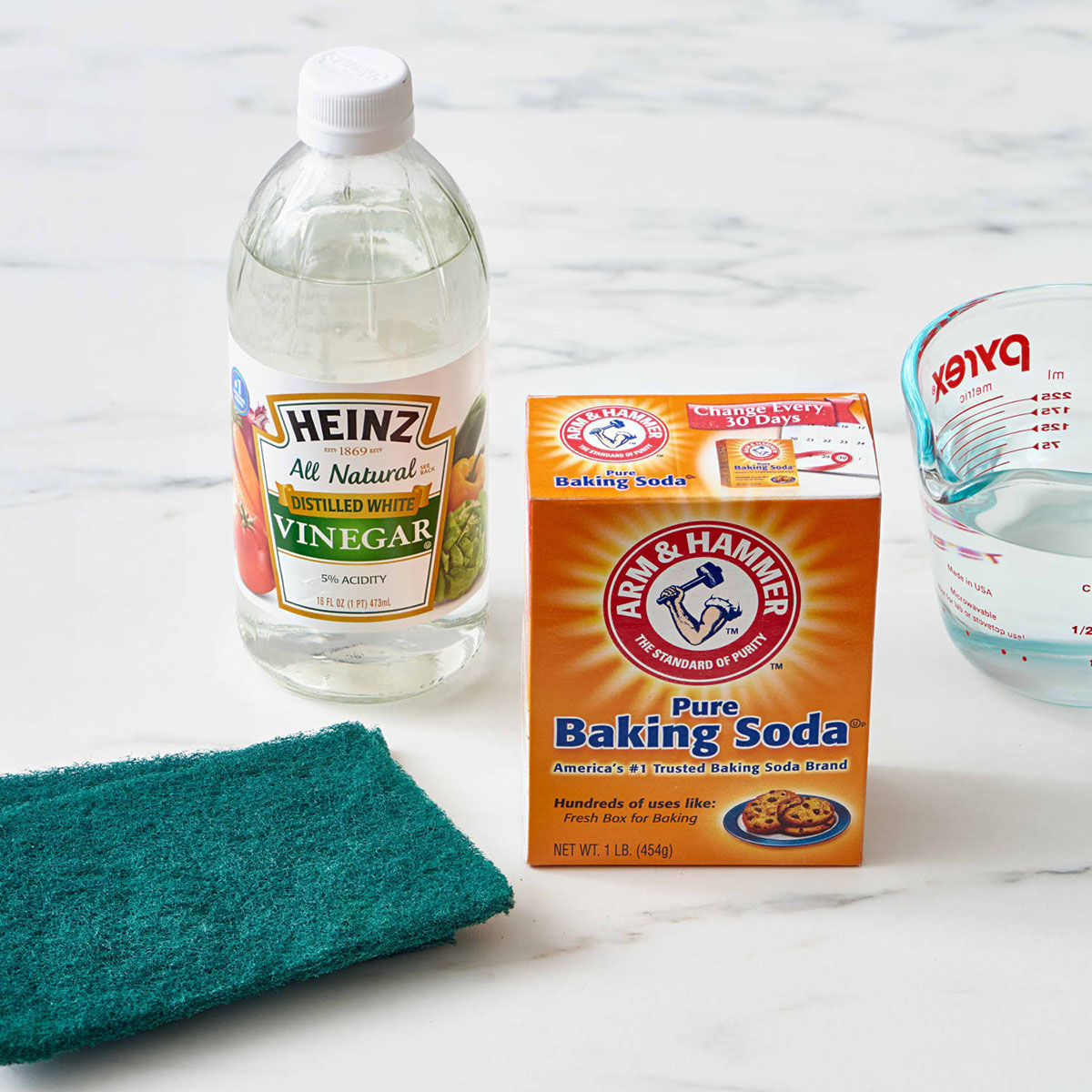

Air Quality & Filtration
How To Remove Air Freshener Smell From House
Modified: October 20, 2024
Learn effective methods to eliminate air freshener odors from your home and improve indoor air quality with expert tips on air quality and filtration. Say goodbye to unpleasant smells!
(Many of the links in this article redirect to a specific reviewed product. Your purchase of these products through affiliate links helps to generate commission for Storables.com, at no extra cost. Learn more)
Introduction
Welcome to the comprehensive guide on how to remove air freshener smell from your house. While air fresheners are designed to infuse your living space with delightful fragrances, they can sometimes leave behind overpowering or unpleasant odors. If you've ever walked into a room and been greeted by the cloying scent of air freshener, you understand how important it is to effectively eliminate these lingering smells.
In this article, we'll explore various strategies for combating air freshener odors, from understanding the source of the smell to implementing natural odor absorbers and deep-cleaning techniques. By the end, you'll be equipped with the knowledge and tools to restore a fresh, clean ambiance to your home.
So, let's roll up our sleeves and delve into the world of air freshener odor removal. Whether you're dealing with the aftermath of a well-intentioned spritz of air freshener or grappling with the lingering effects of previous occupants' scent choices, this guide has got you covered. Let's bid farewell to unpleasant odors and reclaim a space that smells as fresh as a daisy!
Key Takeaways:
- Say goodbye to air freshener odors by ventilating, using natural absorbers, and deep cleaning surfaces. Restore a fresh, inviting ambiance to your home with these effective strategies.
- Combat lingering air freshener scents with natural odor absorbers, thorough cleaning, and air purification. Enjoy a revitalized and odor-free living space with these targeted solutions.
Understanding the Source of the Smell
Before embarking on a mission to banish air freshener odors from your home, it’s crucial to understand where these persistent scents originate. Air fresheners often contain volatile organic compounds (VOCs) that can linger in the air and settle on surfaces, contributing to the enduring fragrance and sometimes creating an overpowering or unpleasant smell.
Furthermore, when air fresheners are used excessively or in confined spaces, the fragrance molecules can accumulate, leading to an intense and lingering scent that may not align with your olfactory preferences.
It’s important to recognize that the source of the smell may not be limited to the air freshener alone. Over time, the scent can permeate various surfaces, including walls, furniture, and fabrics, creating a pervasive odor that seems challenging to eliminate.
By gaining insight into the factors contributing to the lingering air freshener smell, you’ll be better equipped to tackle the issue comprehensively. In the following sections, we’ll explore effective strategies for ventilating your home, using natural odor absorbers, and implementing thorough cleaning techniques to address the root cause of the problem.
Armed with a deeper understanding of the source of the smell, you can take targeted steps to neutralize and eliminate the lingering air freshener odors, restoring a fresh and inviting atmosphere to your living space.
Ventilating the House
One of the initial steps in addressing lingering air freshener odors is to ventilate your home effectively. Proper ventilation plays a crucial role in expelling stale indoor air, along with any lingering fragrance particles, and replacing it with fresh outdoor air.
To kick-start the ventilation process, open all windows and doors in your home, creating cross-ventilation to facilitate the flow of air. This natural airflow helps disperse the lingering scent of air freshener and promotes the circulation of fresh outdoor air throughout your living space.
Additionally, consider using fans strategically to enhance the ventilation process. Placing box fans in windows facing outward can expedite the expulsion of indoor air, while simultaneously drawing in fresh outdoor air through other open windows. Ceiling fans can also be utilized to promote air circulation within individual rooms, aiding in the dissipation of lingering odors.
If weather permits, leaving windows and doors open for an extended period, preferably a few hours, can significantly contribute to refreshing your home’s ambiance. During this time, the outdoor air works to dilute and replace the indoor air, effectively reducing the concentration of air freshener odors.
By prioritizing ventilation as a foundational step in your odor-elimination strategy, you pave the way for subsequent measures to be more impactful. With a well-ventilated home, you set the stage for the successful implementation of natural odor absorbers, cleaning surfaces and fabrics, and conducting deep cleaning procedures to banish lingering air freshener smells from your living space.
Now that we’ve taken the first step in addressing the air freshener odors by ventilating the house, let’s explore the use of natural odor absorbers to further combat these persistent scents.
Using Natural Odor Absorbers
When combating lingering air freshener odors, turning to natural odor absorbers can be a highly effective and environmentally friendly approach. These natural substances have the remarkable ability to absorb and neutralize odors, offering a sustainable alternative to chemical-laden air fresheners.
Baking soda, renowned for its odor-absorbing properties, is a versatile and readily available natural absorber. By placing open containers of baking soda in areas where air freshener odors are prevalent, such as near upholstery or in closets, you can harness its odor-neutralizing capabilities. Additionally, sprinkling a generous amount of baking soda on carpets, allowing it to sit for a few hours, and then vacuuming it up can help eliminate embedded odors.
Another natural odor absorber is activated charcoal, which excels in trapping and neutralizing a wide array of odors. Placing activated charcoal sachets or containers in areas affected by air freshener smells can aid in absorbing and mitigating the lingering fragrance. Moreover, activated charcoal is particularly effective in enclosed spaces, such as cabinets and drawers, where odors tend to concentrate.
Essential oils, known for their pleasant and aromatic properties, can also serve as natural odor absorbers. By combining a few drops of essential oils, such as lavender or eucalyptus, with water in a spray bottle, you can create a homemade air freshener that helps counteract lingering odors. Spritzing this natural air freshener in rooms where air freshener smells persist can contribute to a more balanced and pleasant olfactory environment.
Vinegar, a staple in many households, offers potent deodorizing properties and can effectively combat air freshener odors. Mixing equal parts of water and vinegar in a spray bottle and misting surfaces, fabrics, and upholstery can help neutralize lingering scents. Additionally, leaving small bowls of vinegar in affected areas can assist in absorbing and neutralizing odors over time.
By harnessing the power of natural odor absorbers, you can take proactive steps to mitigate and eliminate air freshener odors in your home, fostering a more harmonious and inviting atmosphere. With the natural odor absorbers at work, we’ll now delve into the essential task of cleaning surfaces and fabrics to further combat lingering odors.
Open windows and doors to ventilate the house. Use bowls of vinegar or activated charcoal to absorb the smell. Clean surfaces with a mixture of water and baking soda. Vacuum carpets and upholstery to remove lingering scent.
Cleaning Surfaces and Fabrics
When addressing lingering air freshener odors, thorough cleaning of surfaces and fabrics is paramount to effectively banishing these persistent scents. Air freshener particles can settle on various surfaces and fabrics, contributing to enduring odors that necessitate targeted cleaning approaches.
Commence the cleaning process by dusting and wiping down surfaces throughout your home, including countertops, tables, and shelves. Using a mild cleaning solution or a mixture of water and vinegar, wipe these surfaces to remove any residue left by the air freshener. Pay particular attention to areas where air freshener overspray may have accumulated, ensuring a comprehensive cleaning of these surfaces.
For fabrics such as curtains, upholstery, and linens, consider laundering them using a detergent that incorporates odor-eliminating properties. Additionally, adding a cup of baking soda to the wash cycle can further aid in neutralizing and removing air freshener odors from these textiles. In the case of non-washable fabrics, such as drapes or upholstered furniture, utilizing a fabric-safe odor-neutralizing spray can help mitigate lingering scents.
Vacuuming plays a crucial role in eliminating air freshener odors, particularly from carpets and rugs where fragrance particles can become embedded. Prioritize thorough vacuuming of carpets, utilizing a vacuum cleaner equipped with a high-efficiency particulate air (HEPA) filter to capture and trap minute odor particles. Additionally, incorporating baking soda as a pre-vacuuming treatment can aid in absorbing and neutralizing embedded odors within carpets and rugs.
Focusing on cleaning surfaces and fabrics with meticulous attention to detail is instrumental in combating air freshener odors at their source. By implementing these targeted cleaning measures, you pave the way for a more comprehensive and enduring solution to the challenge of lingering odors in your home.
With surfaces and fabrics now thoroughly cleaned, we’ll transition to the next crucial step in the odor-elimination process: deep cleaning carpets and upholstery to further tackle lingering air freshener scents.
Read more: How To Remove Smells From Carpet
Deep Cleaning Carpets and Upholstery
When combating lingering air freshener odors, addressing carpets and upholstery through deep cleaning measures is essential to effectively eliminate embedded fragrance particles. These textiles can harbor persistent odors, necessitating thorough cleaning techniques to restore a fresh and neutral ambiance to your home.
Steam cleaning, also known as hot water extraction, is a highly effective method for deep cleaning carpets and upholstery. This process involves using hot water and a cleaning solution to penetrate the fibers, dislodging and extracting embedded odor particles. By renting a steam cleaner or enlisting professional carpet cleaning services, you can target the source of air freshener odors within these textiles, effectively neutralizing the lingering scents.
Prior to steam cleaning, treating carpets and upholstery with a specialized odor-neutralizing pre-treatment can enhance the efficacy of the cleaning process. These pre-treatments work to break down and neutralize odor molecules, preparing the textiles for thorough extraction during the steam cleaning procedure.
In cases where professional steam cleaning services are not feasible, utilizing a carpet and upholstery cleaner equipped with an upholstery attachment can facilitate targeted cleaning of these surfaces. By following the manufacturer’s instructions and incorporating an odor-neutralizing cleaning solution, you can address embedded air freshener odors and restore freshness to your carpets and upholstery.
For spot treatments or localized odor concerns, consider using a designated carpet and upholstery odor-neutralizing spray. These products are formulated to target specific areas affected by lingering odors, offering a convenient and effective solution for localized odor removal.
By prioritizing deep cleaning measures for carpets and upholstery, you can effectively eliminate embedded air freshener odors, contributing to a revitalized and odor-free living environment. With these textiles now thoroughly cleaned, we’ll transition to the final step in combating lingering air freshener scents: removing lingering odors from the air.
Removing Lingering Odors from the Air
After addressing surfaces, fabrics, and textiles, the final step in combatting lingering air freshener odors involves removing these persistent scents from the air itself. Employing targeted strategies to cleanse and refresh the air within your home is essential for achieving a comprehensive and enduring solution to the challenge of lingering odors.
Utilizing an air purifier equipped with a high-efficiency particulate air (HEPA) filter can significantly aid in removing airborne odor particles. HEPA filters are designed to capture and trap minute particles, including odor molecules, effectively purifying the air and reducing the concentration of lingering scents.
Natural ventilation remains a valuable ally in refreshing the air within your home. Continue to open windows and doors to promote the circulation of outdoor air, facilitating the expulsion of indoor odors and the infusion of fresh, outdoor air. This ongoing ventilation process contributes to the gradual displacement of lingering air freshener scents.
Air revitalizers, also known as air ionizers, can serve as an additional tool in neutralizing and refreshing the air. These devices emit negatively charged ions that attach to positively charged odor particles, causing them to fall to the ground or become trapped by surfaces, effectively removing them from the air. It’s important to follow the manufacturer’s guidelines and safety recommendations when using air revitalizers to ensure optimal and safe operation.
Incorporating natural air fresheners, such as simmering pots or essential oil diffusers, can contribute to infusing your living space with pleasant and natural fragrances, further balancing and masking any residual air freshener odors. By opting for natural alternatives, you can create a more inviting and harmonious olfactory environment within your home.
Regularly changing air filters in your heating, ventilation, and air conditioning (HVAC) system is crucial for maintaining clean and fresh indoor air. Clean filters facilitate the efficient removal of airborne particles, including lingering odors, contributing to a healthier and more pleasant indoor atmosphere.
By implementing these targeted strategies to remove lingering odors from the air, you can achieve a comprehensive and enduring solution to combatting air freshener scents, fostering a fresh and inviting ambiance within your home.
With the air now refreshed and lingering odors banished, you have successfully navigated the process of eliminating air freshener smells from your living space. Armed with a deeper understanding of the source of the smell and a toolkit of effective strategies, you can now revel in the revitalized and odor-free atmosphere of your home.
Conclusion
Congratulations on embarking on the journey to eliminate air freshener odors from your home. By delving into the intricacies of the source of the smell and implementing targeted strategies, you have successfully banished these persistent scents, paving the way for a revitalized and fresh living environment.
Throughout this comprehensive guide, we’ve explored the multifaceted approach to combatting air freshener odors, beginning with understanding the source of the smell. By gaining insight into the factors contributing to lingering odors, you were able to approach the challenge comprehensively.
Ventilating the house emerged as an essential first step, harnessing the power of natural airflow to disperse lingering odors and infuse your home with fresh outdoor air. This foundational strategy set the stage for subsequent measures to be more impactful in combating air freshener scents.
Turning to natural odor absorbers, you harnessed the remarkable properties of baking soda, activated charcoal, essential oils, and vinegar to neutralize and eliminate lingering odors. These natural alternatives not only effectively countered air freshener scents but also contributed to a more sustainable and harmonious living environment.
Thoroughly cleaning surfaces and fabrics played a pivotal role in addressing embedded fragrance particles, restoring freshness to your home. By prioritizing meticulous cleaning, you successfully targeted the root cause of the lingering odors, setting the stage for a revitalized living space.
Deep cleaning carpets and upholstery further bolstered your efforts, effectively eliminating embedded air freshener odors and contributing to a comprehensive solution. By employing steam cleaning and targeted treatments, you successfully banished persistent scents from these textiles, fostering a revitalized ambiance.
Finally, removing lingering odors from the air marked the culmination of your efforts, infusing your home with fresh and clean indoor air. By utilizing air purifiers, natural ventilation, air revitalizers, and natural air fresheners, you achieved a harmonious and inviting olfactory environment within your living space.
As you bask in the revitalized and odor-free atmosphere of your home, remember that the strategies and insights shared in this guide can be invaluable in addressing future odor challenges. By understanding the source of odors and implementing targeted solutions, you are empowered to maintain a fresh and inviting living environment for years to come.
With air freshener odors successfully banished and a revitalized living space to enjoy, you can now revel in the delightful ambiance of your home. Here’s to a future filled with freshness, comfort, and the joy of a harmonious living environment!
Frequently Asked Questions about How To Remove Air Freshener Smell From House
Was this page helpful?
At Storables.com, we guarantee accurate and reliable information. Our content, validated by Expert Board Contributors, is crafted following stringent Editorial Policies. We're committed to providing you with well-researched, expert-backed insights for all your informational needs.
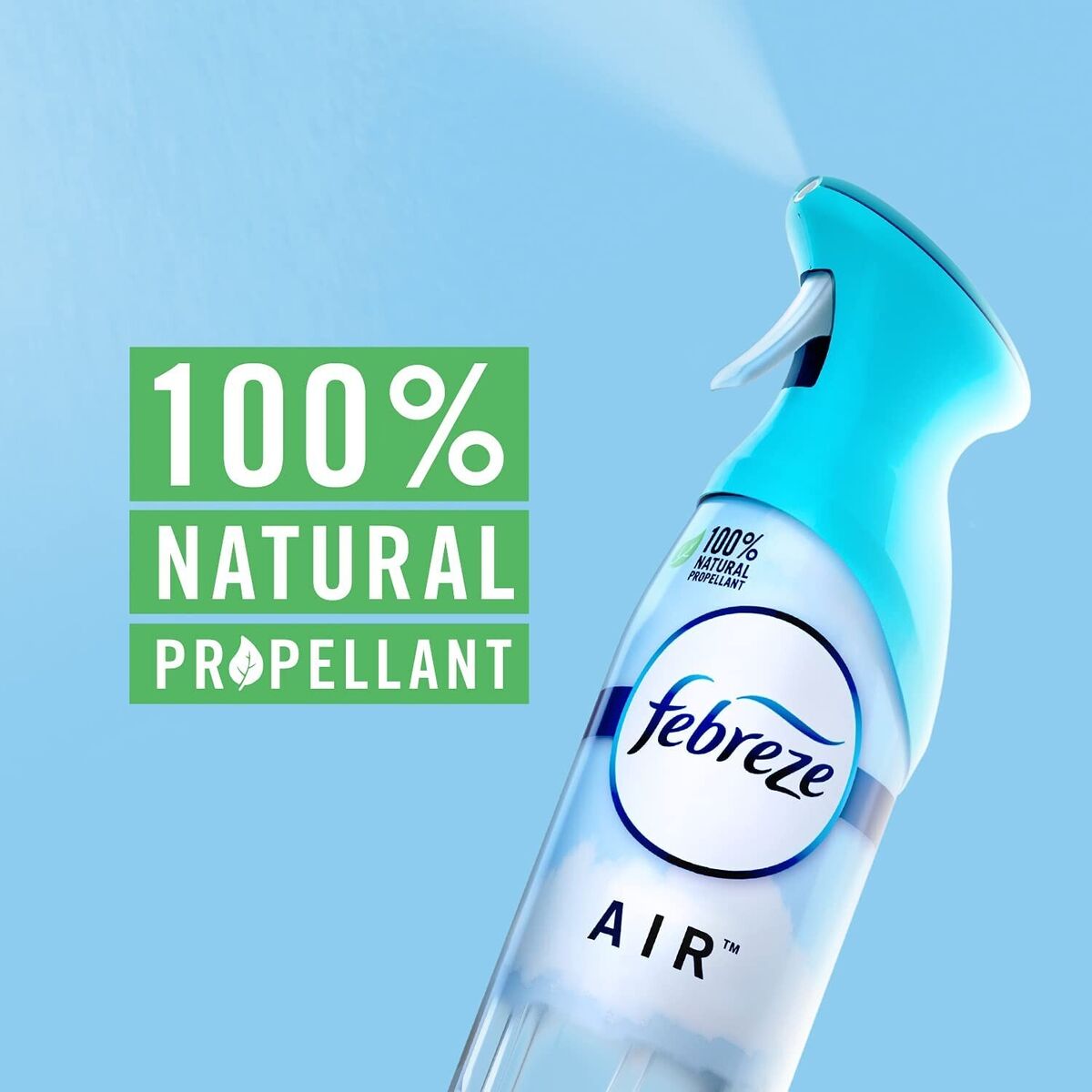
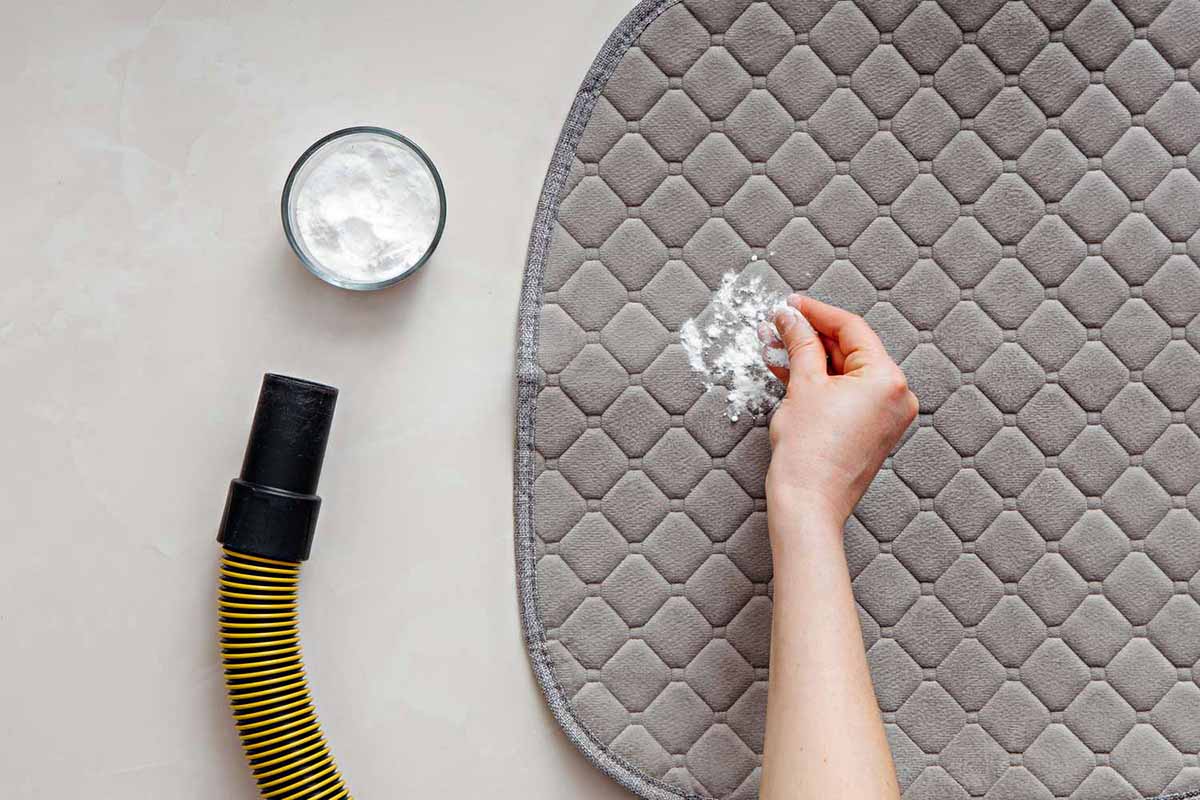
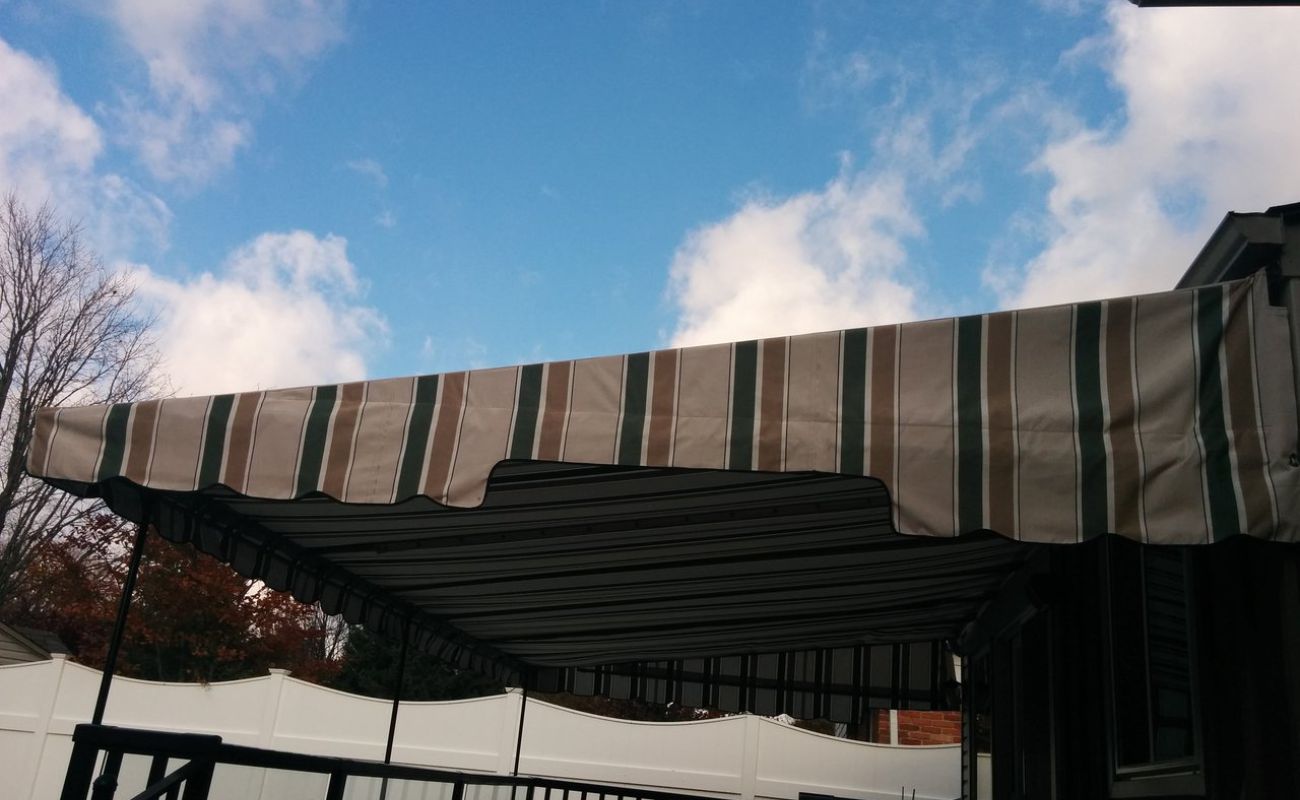
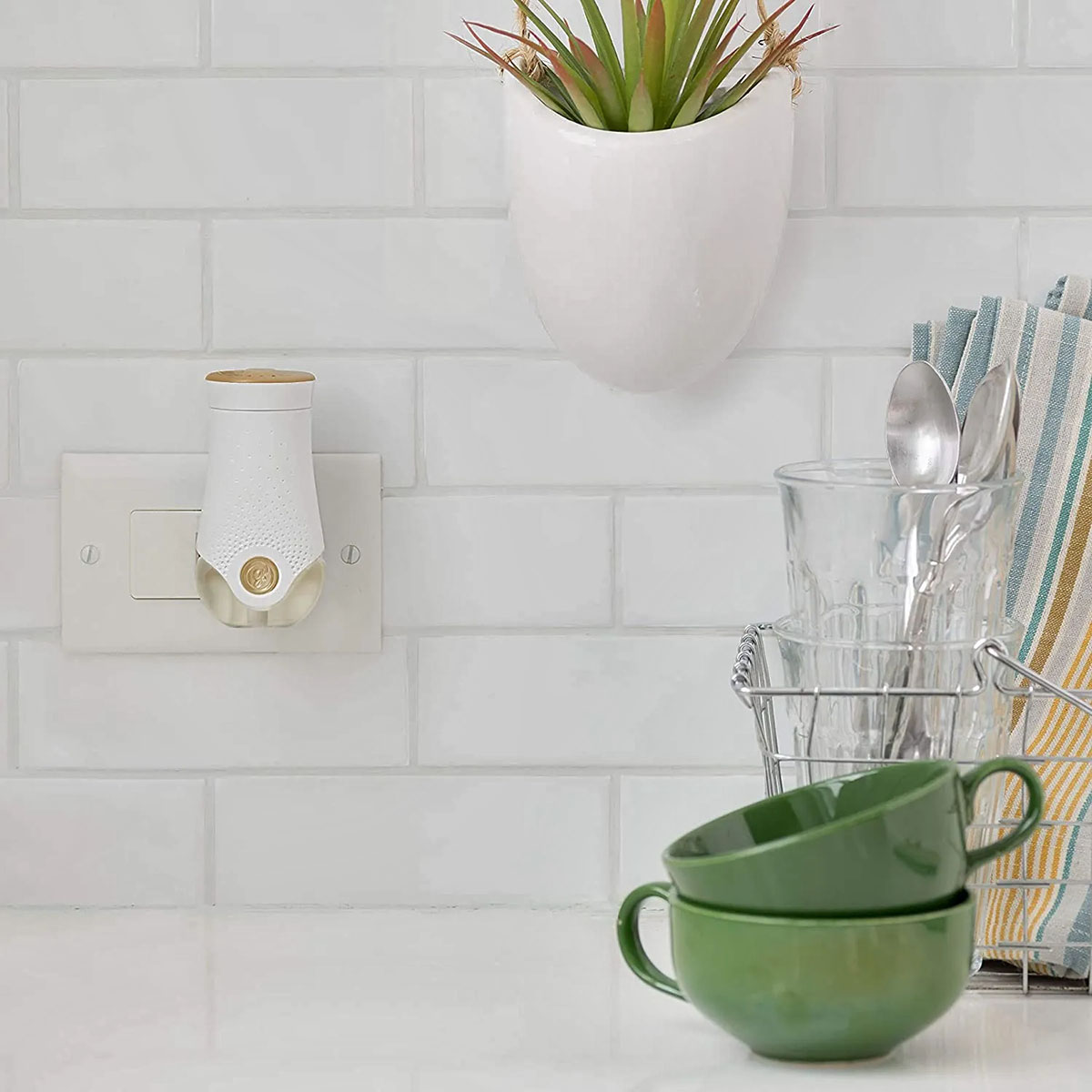
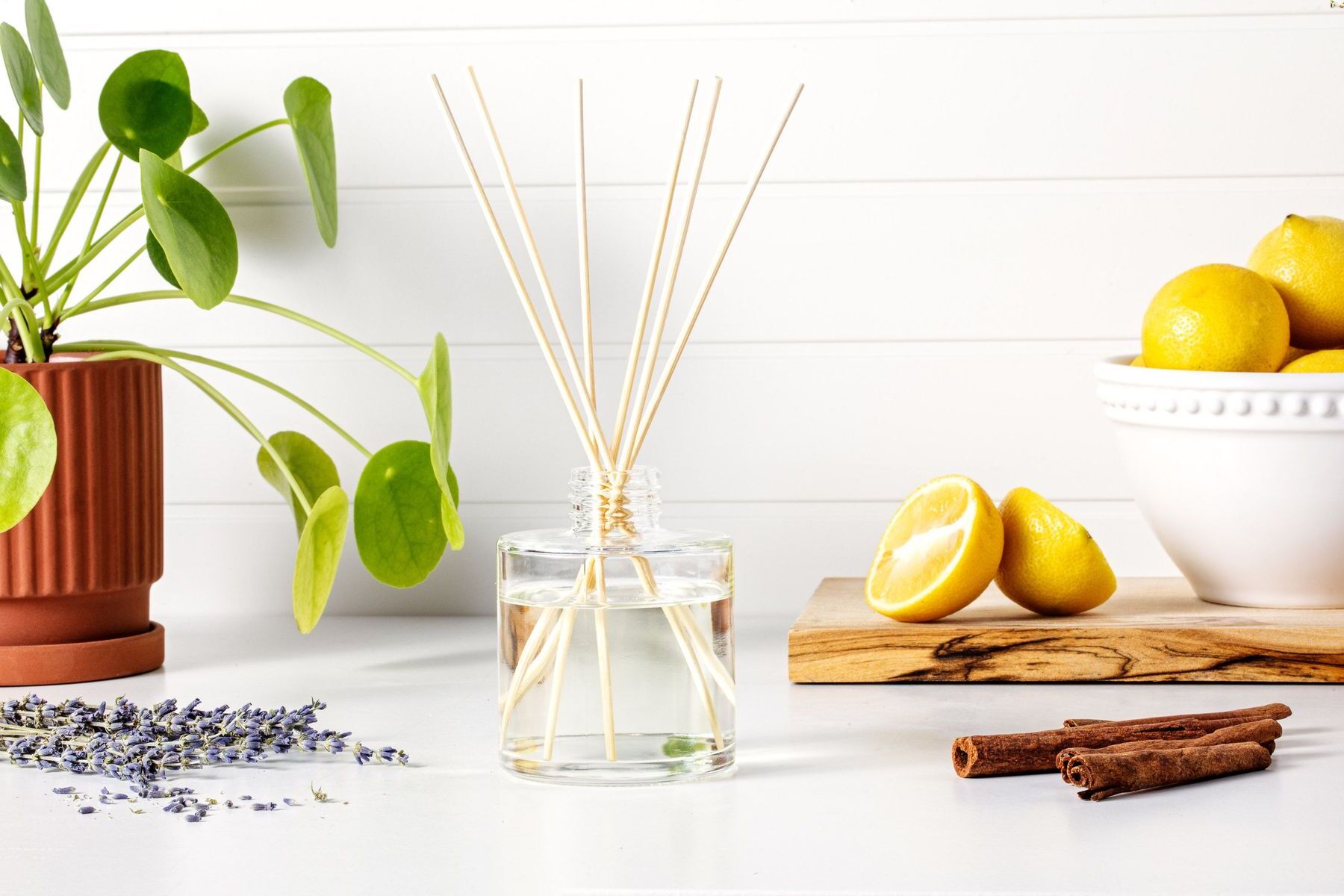
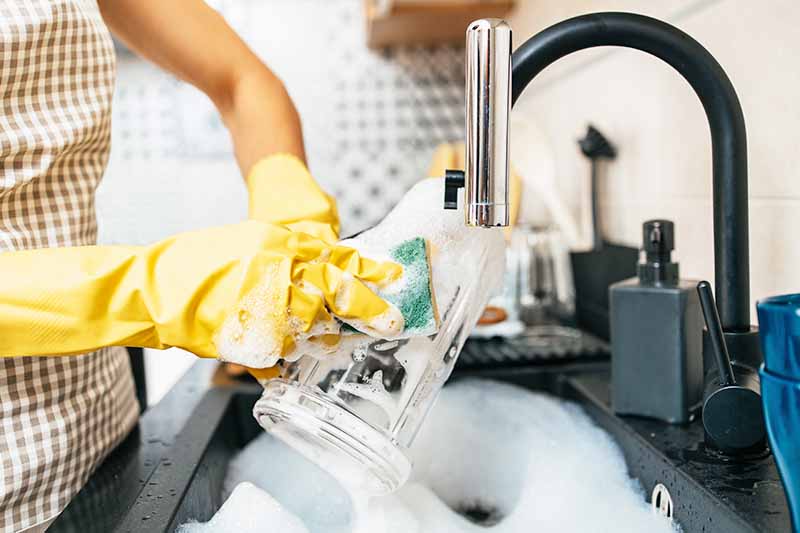


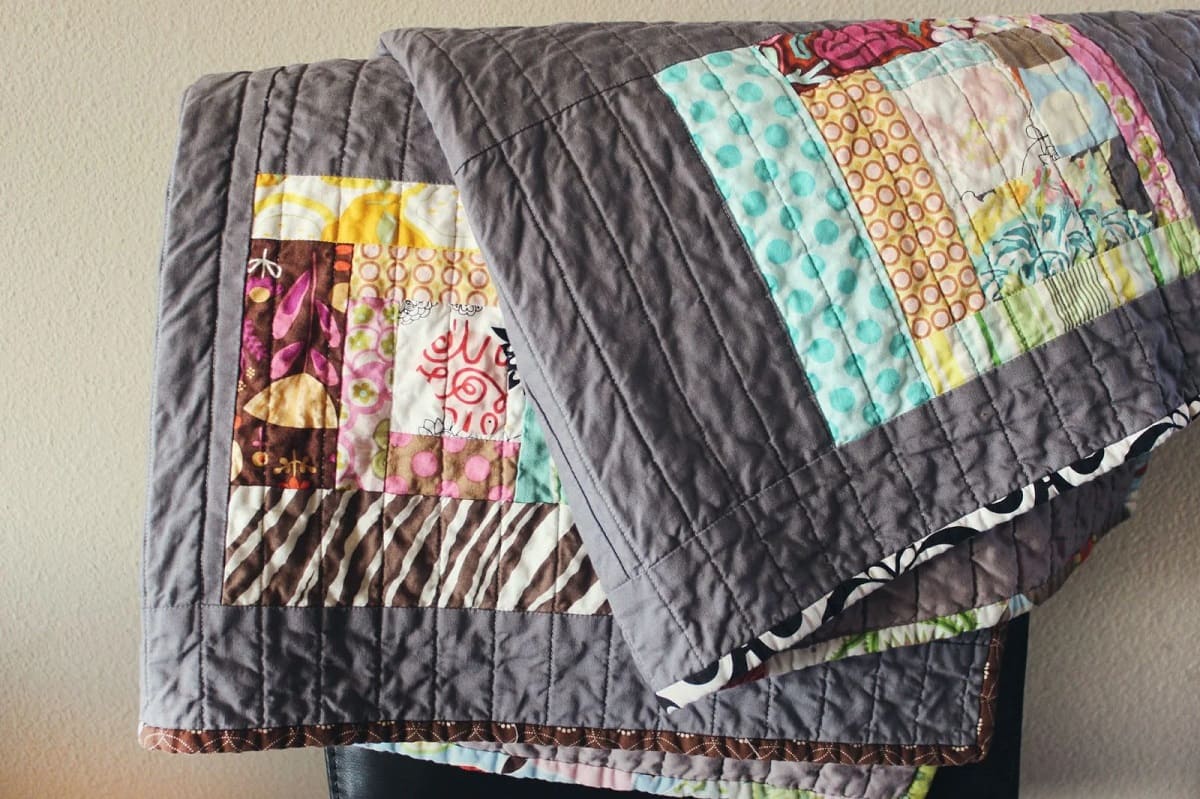
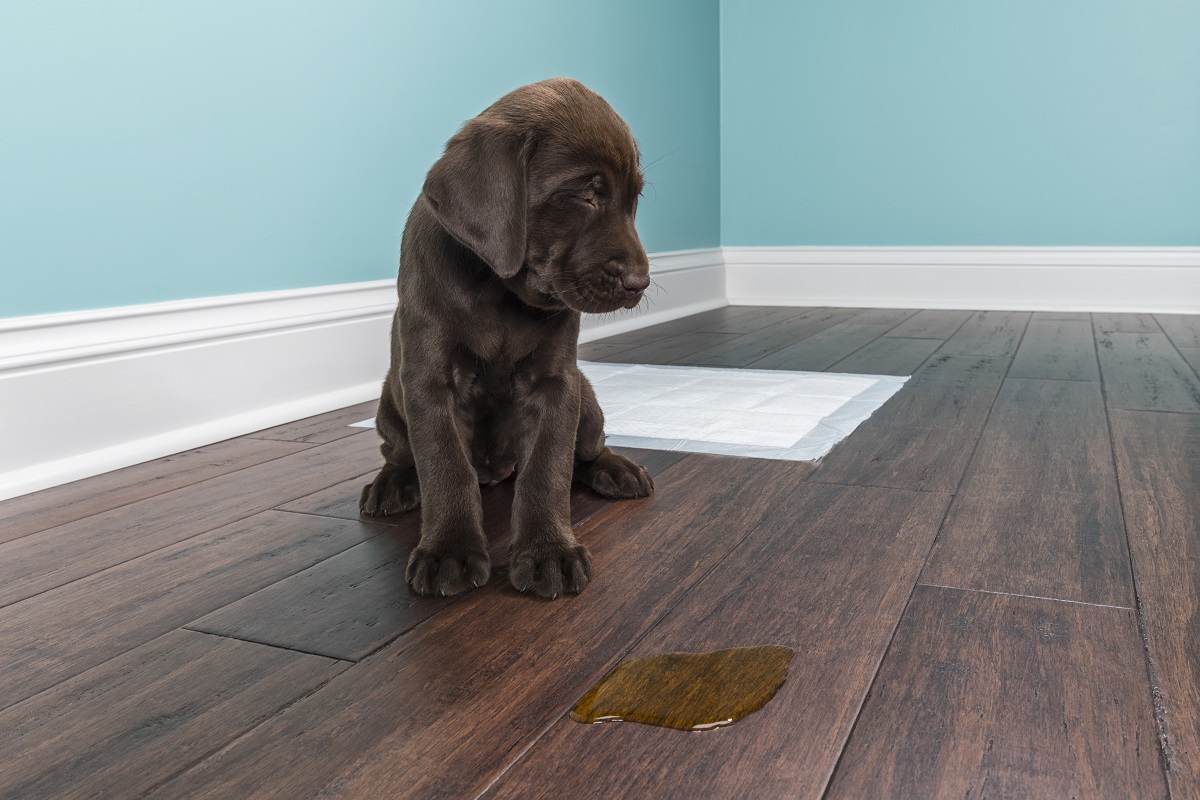
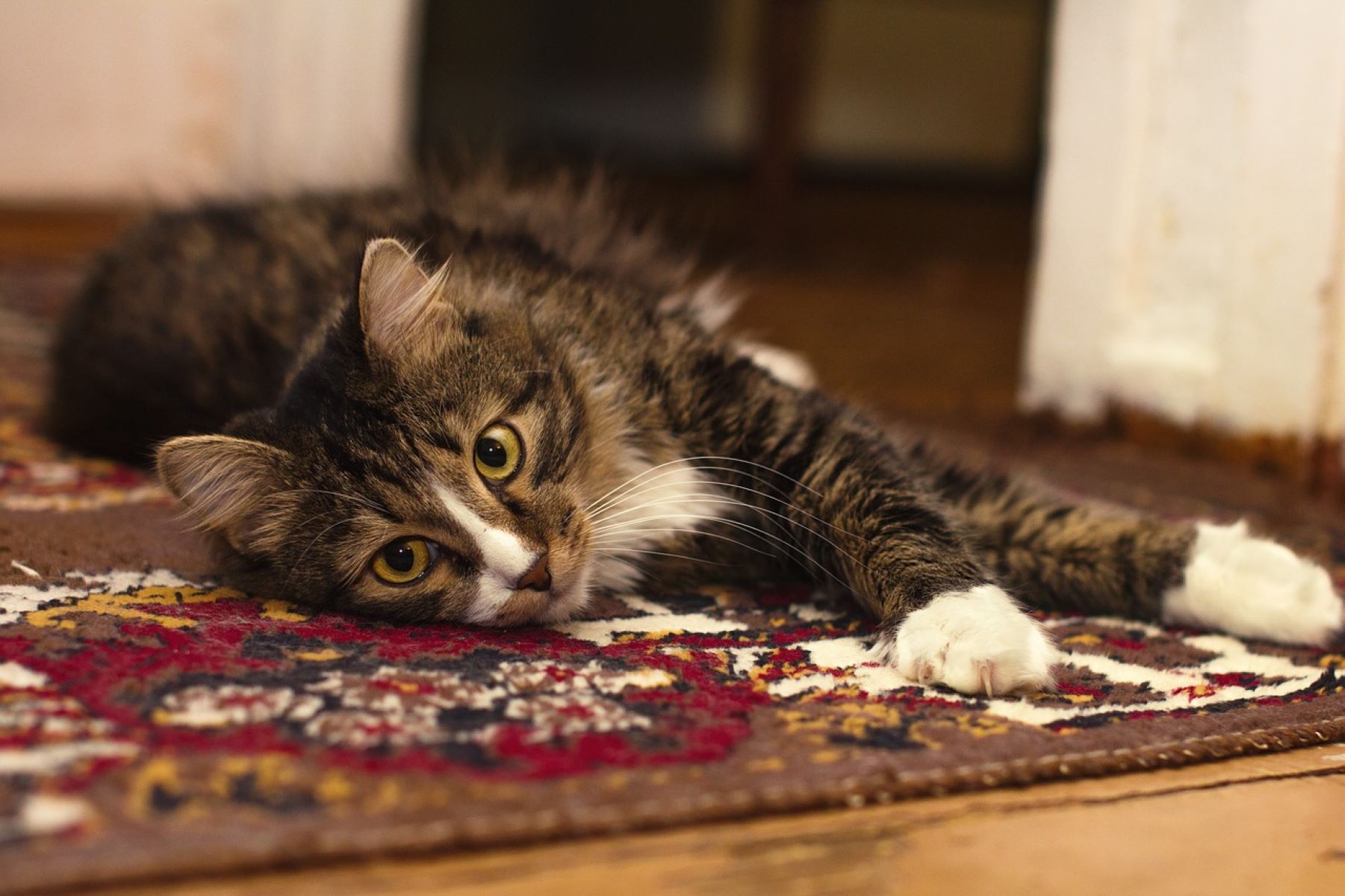
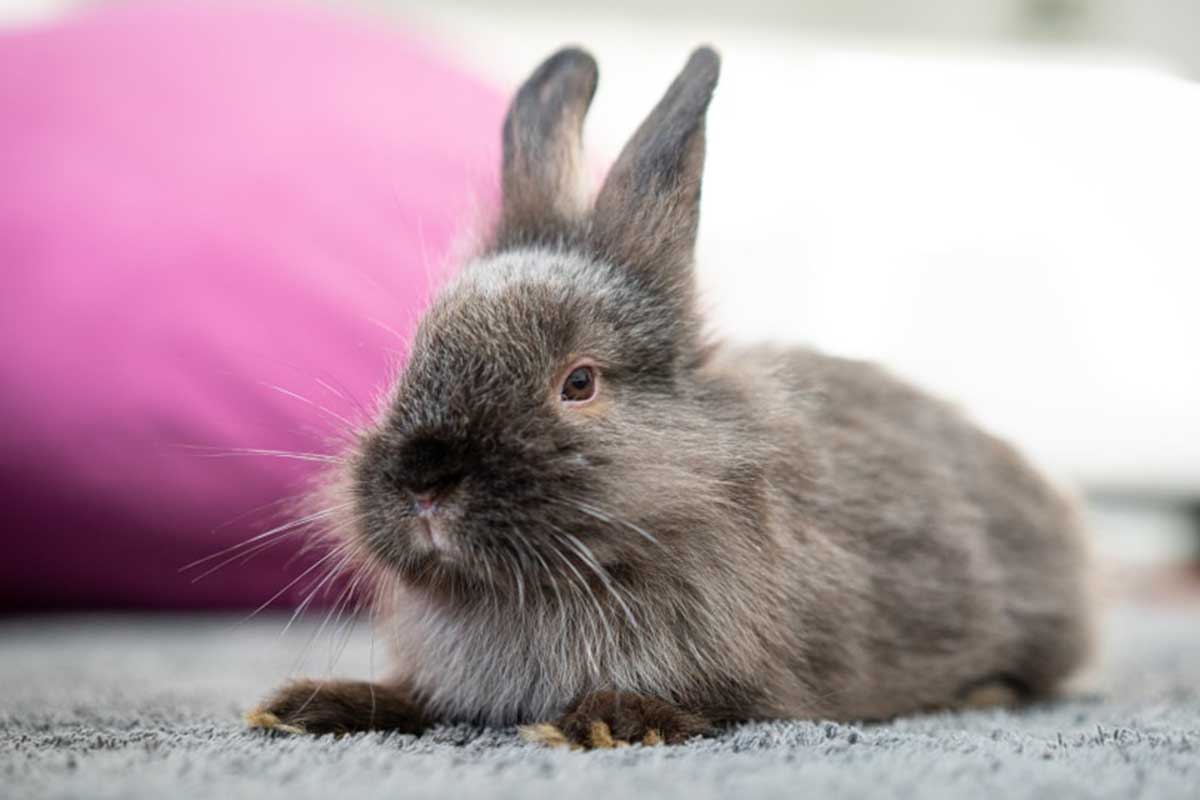
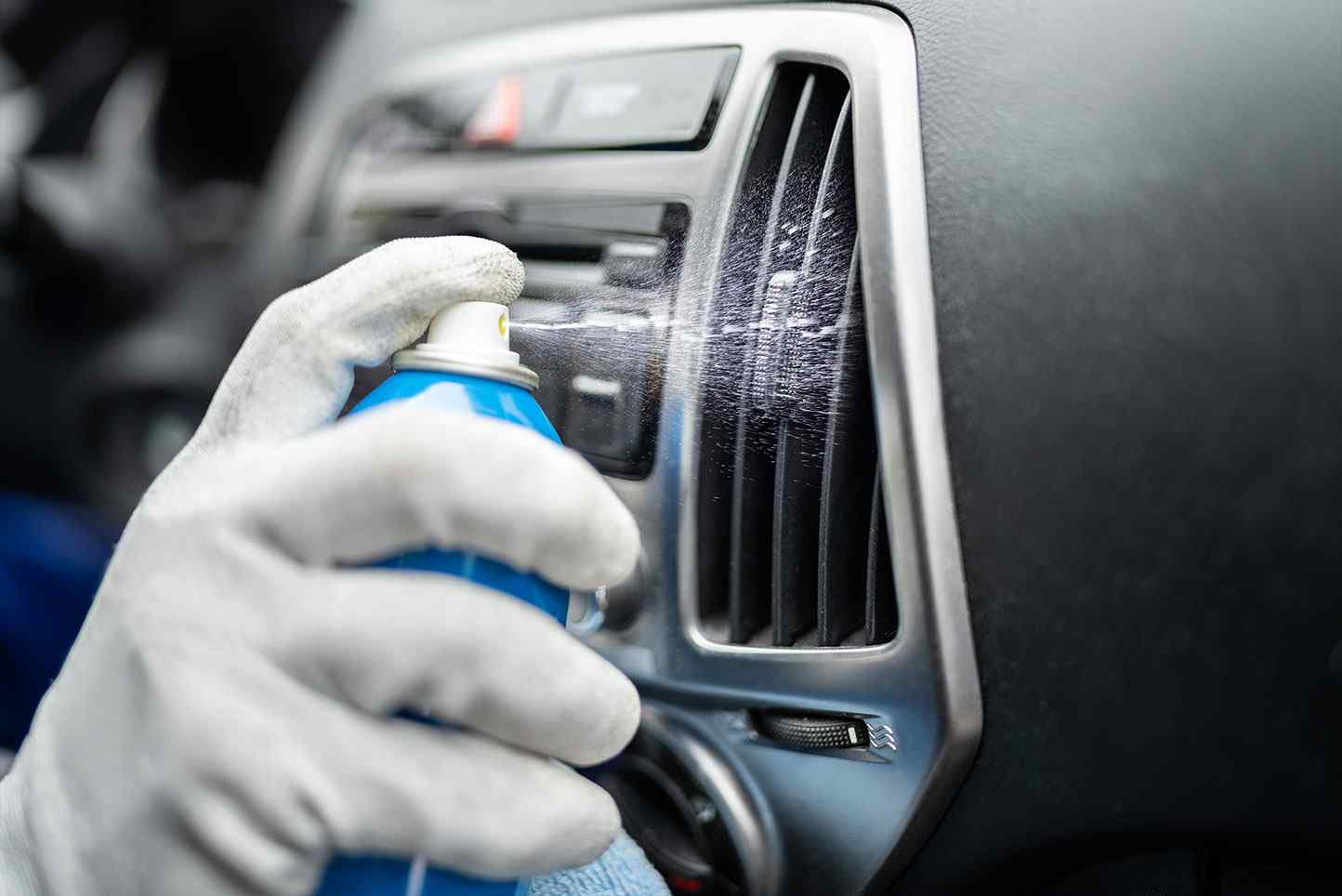
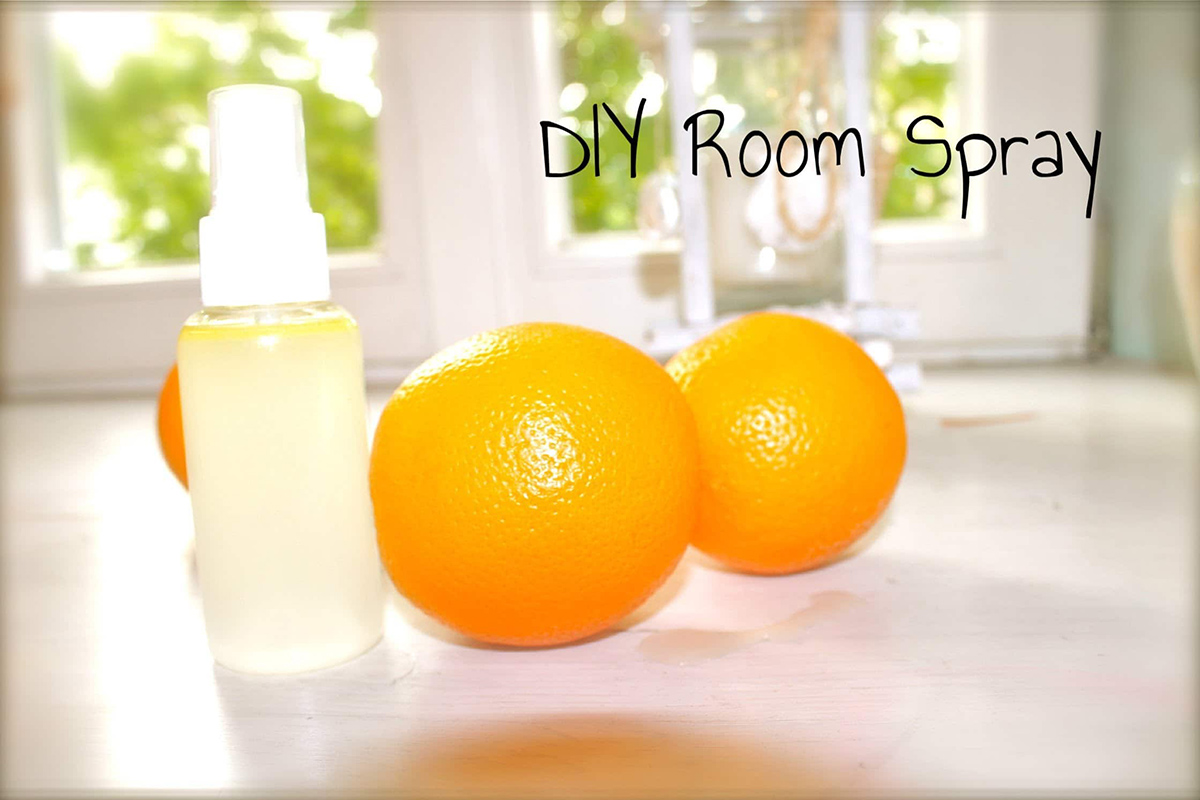

0 thoughts on “How To Remove Air Freshener Smell From House”